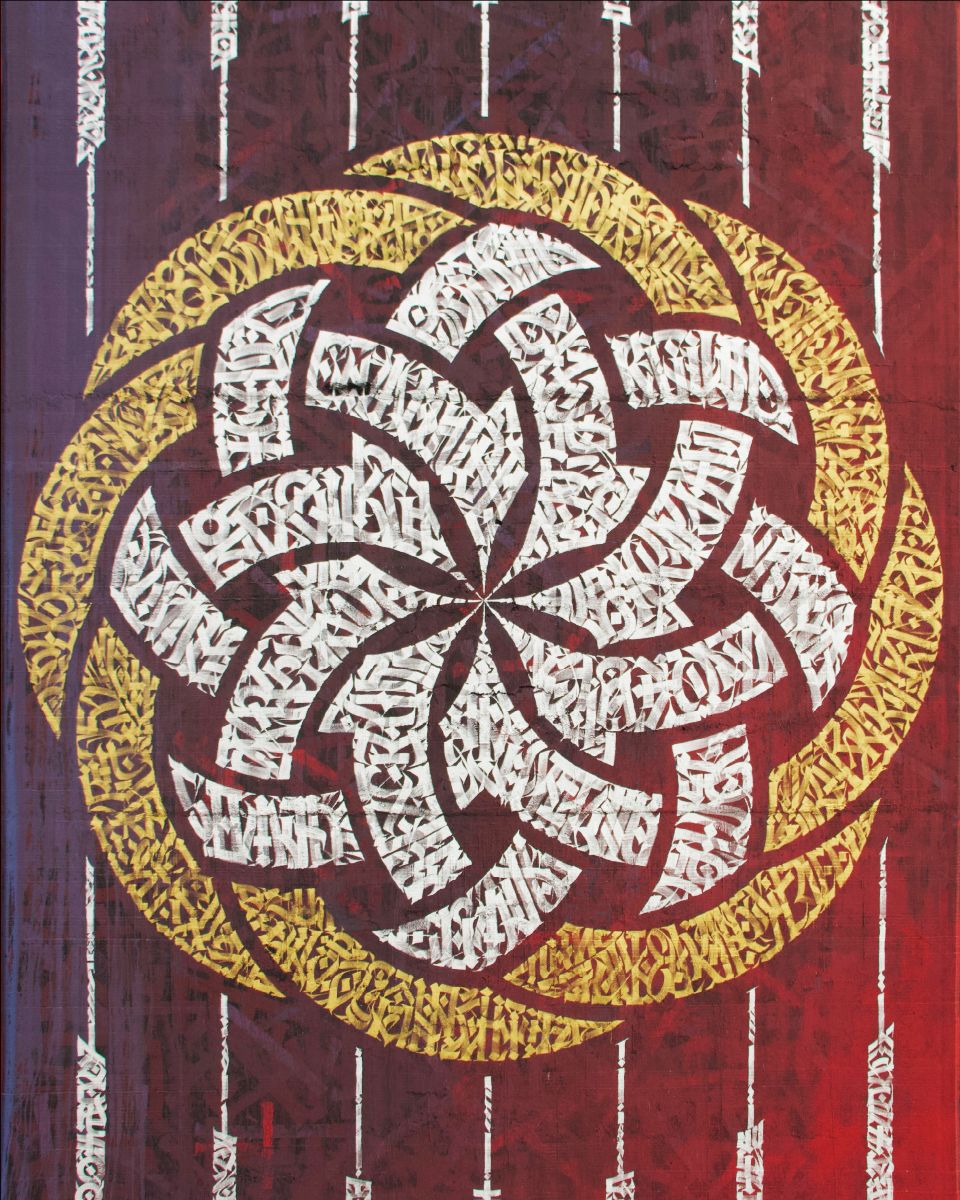Trapani Public Art. Italy

|
|
B A B E L
Trapani Public Art
|
|
|
The artist Said Dokins intervenes a building that has symbolized the mafia and the corruption of the last 50 years.
|
|
|
|
Throughout
Italy there can be found numerous monumental constructions that for
some reason were left incomplete. Ambitious infrastructure projects that
were never finished and delivered to the citizens. These contemporary
ruins have endure, like traces of corruption, testimony of the
squandering that prevailed in that country between the 1950s and the
1980s. Due to the characteristics these edifications share, they’ve been
recognized as a style called the Incompiuto Siciliano, an architecture
built as the big unfinished promise of modernity.
|
|
@saidokins, Scouting for Babel. Trapani Public Art, Sicily, Italy.
Photos: Vincenzo Cascone
|
|
|
That context is where Said Dokins developed
“Babel”, referring to the biblical tale that tells the story of the
failure construction of the tallest tower, capable of reaching the sky,
because of the lack of communication and understanding. It is a mural
intervention on the uncompleted ruins of an architectural brutalist
complex that once was supposed to be a water deposit. Four great
concrete walls conform the set, through which the artist seeks to
explore the multiplicity of voices that converge in Trapani. With The
Fardelliana Library and Renato Dosquiavo’s help, Dokins did a revision
of antique documents, among which he selected some texts from different
time periods that allowed him to reflect on political, popular, social
and spiritual languages and how they relate within the vertex of past,
present and the Incompiuto, as a temporary process.
|
|
The “X”, conformed by gold and silver
letters on a deep green back, is presented as a symbol of cancellation, a
way to cross out the logic of Incompiuto, through the re-writing of two
ancient texts where the political language expands across time. The
first one is the heartfelt call of a trapanese prisoner in Tunisia. It’s
the last letter from Alberto Gaetani to his sister, dated in 1776,
asking her to intercede for his life so he could go back home. The
second text is a Trapanese Facio Communist manifesto, in which they
described the rights workers should have access to. Their revolutionary
demand, without a doubt, resists all that the Incompiuto stands for.
|
|
@saidokins, Babel. Trapani Public Art, Sicily, Italy.
Photo: Vincenzo Cascone
|
|
Pt. 2 - The Dialectal Poet Of Trapani
|
|
|
Dokins takes the words from the Trapanese poet, Giuseppe Marco Calvino, bringing to our time his poem "U seculu decimu nonu",
a sharp critic on power abuse released more than 200 years ago. The
artist plays with the contrast between the monumentality of his
calligraphy in white and gold, which attributes to the text a sense of
dignity and a voice of authority denied to the popular language used to
write this poem, originally in Trapanese dialect.
|
|
@saidokins, Babel. Trapani Public Art, Sicily, Italy.
Photo: Vincenzo Cascone
|
|
|
The artist takes a series of writings from the 18th
century that contain a list of names, along with their physical
characteristics and the work they did. It was a slave inventory. Dokins
rewrites those names, making them appear in some sort of binnacle, a
huge reticular design that resemble the mother board of a computer,
referring to the new cataloguing and control systems, new ways to
perpetuate the slavery logic in the contemporary social relations.
|
|
@saidokins, Babel. Trapani Public Art, Sicily, Italy.
Photo: Vincenzo Cascone
|
|
|
Through the stylization of the iconic rose
window of the church of Sant Agostino in Trapani, where symbolic
elements of the three principal monotheist religions – Catholicism,
Judaism and Islam- can be found coexisting in the same sanctuary, Said
Dokins turns the profane, an abandoned concrete wall, in a sacred place.
The juxtaposition of traditions and cults reflected in the rose window,
it’s an example of the cultural diversity that converges in the
Sicilian territory, with its tensions and clash. The composition is
constructed by the repetition of the sentence: “Everywhere I write is a
sacred place”. Writing becomes a ritual act that serves the artist to
dislocate the separation between the sacred and the earthly.
|
|
@saidokins, Babel. Trapani Public Art, Sicily, Italy.
Photo: Vincenzo Cascone
|
|
The Unfinished Sicilian From Trapani Rewritten by Said Dokins.
TRAP Trapani Public Art - Sicily
.Festiwall
FestiWall | Facebook
















No hay comentarios:
Publicar un comentario